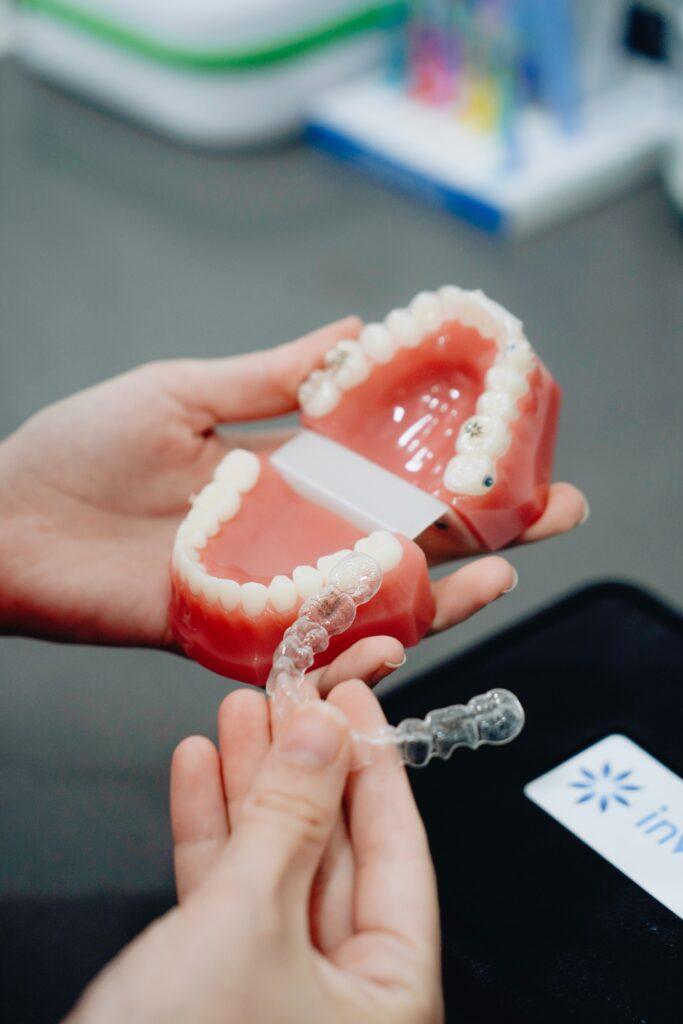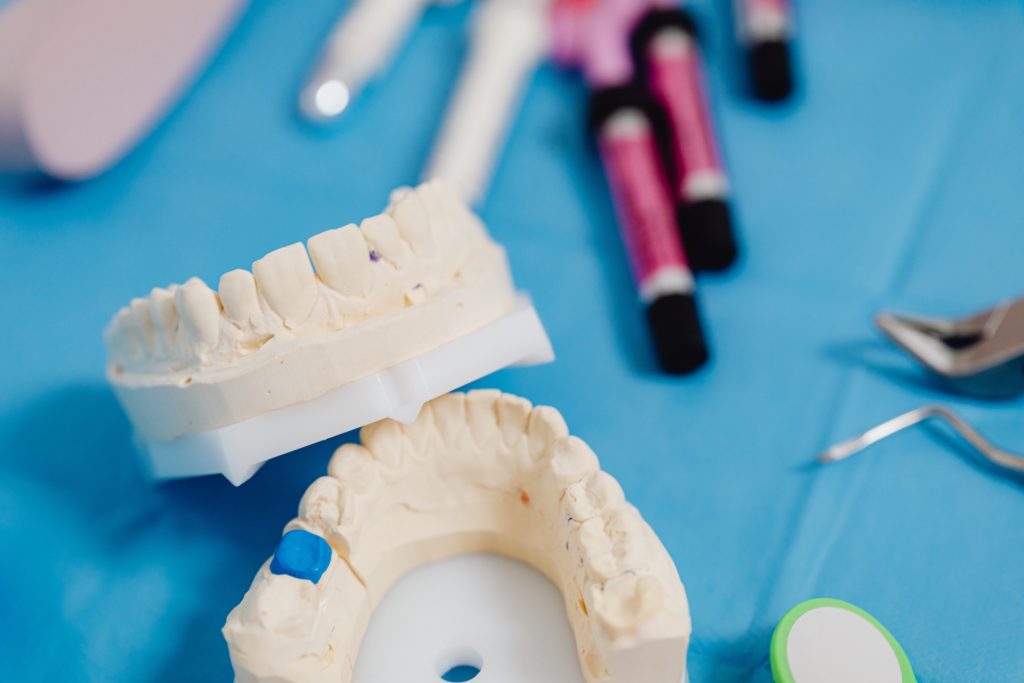1. Invisalign Cost in Canada
1) What is the Cost of Getting Invisalign in Canada?
Invisalign treatment in Canada offers a discreet and effective solution for individuals seeking to improve their smiles. However, it’s crucial to understand the financial aspects associated with this orthodontic treatment.
2) Average Invisalign Cost in Canada
The average cost of Invisalign treatment in Canada typically ranges from $4,000 to $8,000. However, it’s important to note that this figure can vary based on several factors, including the complexity of the case, geographical location, and additional treatments that may be required.
3) How Much I Paid for My Invisalign Treatment
For my personal case, I have paid $6,600 in total, partially paid with my group insurance plan from my employer, and the rest was paid myself with the orthodontics office’s monthly plans.
4) Detailed Breakdown of Costs
– Consultation Fees
Before embarking on an Invisalign journey, a consultation with an orthodontic professional is essential. During this appointment, the orthodontist will conduct a thorough examination, discuss treatment options, and develop a personalized plan. Consultation fees can vary, but they generally range from $0 to $300. The orthodontic offices I visited prior to my treatment offered free consultations, and it was a big money-saver for me.
– Aligner Costs
Invisalign offers different treatment options, each tailored to specific cases. The cost of Invisalign clear aligners can vary depending on the complexity of the treatment and the number of aligners needed. On average, patients can expect to pay between $4,000 and $7,000 for their Invisalign aligners.
– Additional Treatments: Attachments, Refinements, etc.
In some cases, additional treatments may be required to achieve the desired results. This can include the use of attachments, which are small tooth-colored shapes affixed to the teeth to enhance the aligners’ effectiveness. Additionally, refinement aligners may be necessary to fine-tune the alignment. These supplementary treatments can incur additional costs, ranging from $500 to $1,500.
– Retainers: Post-treatment Retainers
After completing the Invisalign treatment, it’s crucial to maintain the results. This is typically achieved by wearing retainers. The cost of retainers can vary, with removable retainers ranging from $300 to $600, while fixed retainers may range from $500 to $1,000.

2. Invisalign vs. Traditional Braces Costs
When considering orthodontic treatment, it’s essential to compare the costs between Invisalign and traditional braces to make an informed decision.
1) Comparing the Overall Expenses of Both Treatments
Invisalign treatment is generally comparable in cost to traditional braces. While the initial price range for both options may be similar, it’s important to note that the total cost can be influenced by factors such as treatment duration, complexity, and any additional procedures required.
2) Any Potential Cost Savings with Invisalign
In some cases, Invisalign may offer potential cost savings. For example, Invisalign typically requires fewer in-person visits compared to traditional braces, which could lead to reduced transportation costs and time off work or school. Additionally, the absence of emergency visits for broken wires or brackets, which are common with traditional braces, can contribute to potential savings.
3) Payment Options and Orthodontic Insurance Plans and Coverage
Understanding the financial aspects of Invisalign treatment is crucial for individuals seeking orthodontic care.
4) Flexible Payment Plans
Many orthodontic practices offer flexible payment plans to accommodate varying budgets. These plans may involve spreading the cost of treatment over several months, making it more manageable for patients. It’s advisable to inquire with your orthodontist about available payment options and whether they offer any in-house financing.
5) Potential Insurance Coverage for Invisalign Treatment Costs
Some dental insurance plans may cover a portion of the cost of orthodontic treatment, including Invisalign. It’s recommended to review your insurance policy or consult with your insurance provider to understand the extent of coverage for orthodontic procedures. Additionally, orthodontic practices often have staff members dedicated to assisting patients with insurance-related inquiries and claims.

3. Tips for Managing Invisalign Costs
Navigating the financial aspect of Invisalign treatment involves careful planning and strategic decision-making. Here are some practical tips to help you manage the costs effectively.
1) Consult Multiple Orthodontists
Seek consultations from different orthodontists to get a range of treatment cost estimates. This allows you to compare and choose a provider that aligns with your budget.
2) Explore Flexible Monthly Payment Plans
Inquire about flexible payment options offered by orthodontic practices. Many providers have plans that allow you to spread out the cost of treatment over a specified period.
3) Set Up a Dedicated Savings Fund or Health Spending Account
Create a separate savings account or fund specifically for your Invisalign treatment. Regular contributions can help cover expenses more comfortably.
4) Prioritize Oral Health
Remember that investing in orthodontic treatment is an investment in your oral health. Properly aligned teeth contribute to overall well-being and can prevent potential dental issues in the future.
5) Review Insurance Coverage
Thoroughly review your dental insurance policy to understand the extent of coverage for orthodontic treatments. Be aware of any limitations, waiting periods, and exclusions.
6) Submit Claims Promptly
If your insurance covers orthodontics, submit claims promptly to ensure timely reimbursement. Keep detailed records of expenses and consultations for accurate documentation.
7) Minimize Extra Expenses
Follow your orthodontist’s instructions diligently to avoid any additional costs associated with lost or damaged aligners. Proper care and maintenance can prevent unnecessary expenses.
8) Opt for In-Network Providers
If your insurance plan has a network of preferred providers, consider choosing an orthodontist within that network. This may result in lower out-of-pocket expenses.
4. Invisalign Cost Determinants
1) Geographical Location
The cost of living and healthcare varies by region. Expect higher prices in metropolitan areas compared to smaller towns or rural settings.
2) Duration of Treatment
The length of your treatment plan can impact the overall cost. Longer treatments with more aligners may incur higher fees.
3) Range and Severity of Issues
The extent of orthodontic correction needed directly affects the complexity of the treatment, which in turn influences the overall cost.

5. Paying for Invisalign With Insurance
Dental insurance coverage can significantly offset the cost of Invisalign. Contact your insurance provider to determine the extent of your coverage for orthodontic treatment. It’s important to be aware of any waiting periods, coverage limits, and documentation requirements.
6. Paying for Invisalign Without Insurance
For those without dental insurance, there are alternative payment options to explore. Many orthodontic practices offer flexible payment plans that allow you to spread out the cost over time. Additionally, some providers offer discounts for upfront payments. Savings accounts or medical credit cards designed for healthcare expenses are also viable options.
7. Understanding Invisalign
1) How Does Invisalign Work?
Invisalign uses a series of custom-made clear aligners to gradually shift your teeth into the desired position. These aligners are replaced every few weeks as your teeth progress in their alignment. They are virtually invisible and can be removed for eating, drinking, and oral hygiene.
2) Benefits of Choosing Invisalign over Traditional Braces
Aesthetic Appeal: Invisalign aligners are clear and nearly invisible, offering a discreet alternative to traditional metal braces.
Removability: The ability to take out the aligners allows for easy maintenance of oral hygiene and the freedom to enjoy any food without restrictions.
Comfort: Invisalign aligners are custom-fitted and typically cause less discomfort than traditional braces, which can have sharp wires and brackets.
Predictable Results: Advanced technology allows for precise treatment planning, providing a clear picture of the expected results.
Reduced Office Visits: Invisalign often requires fewer in-office appointments compared to traditional braces, which can mean less time away from work or other commitments.



